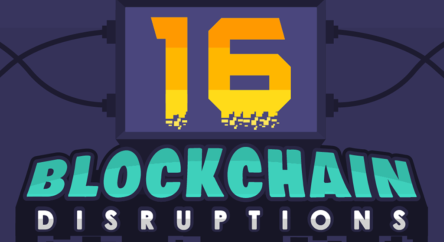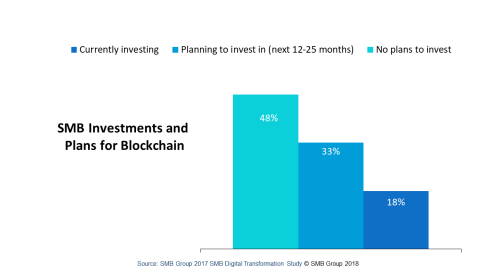 Blockchain is a new way that people and companies can create, verify and enforce value-based transactions. Blockchain transactions offer a safe, secure and transparent way to negotiate and transact in real time—without paying for a middleman. Because each transaction is immutable, encrypted and protected by permissions, no one else can tamper with it.
Blockchain is a new way that people and companies can create, verify and enforce value-based transactions. Blockchain transactions offer a safe, secure and transparent way to negotiate and transact in real time—without paying for a middleman. Because each transaction is immutable, encrypted and protected by permissions, no one else can tamper with it.
Many people think that blockchain is only for the creation and exchange of money/cryptocurrencies, such as Bitcoin. But blockchain can be used for any type of value-based transaction—to exchange money, property, goods, services or anything that requires an enforceable contract or authorized access.
For the blockchain to work, parties need to agree to pre-established terms, such as the nature of the transaction and how they will work together. Once these rules are established, the blockchain does the following:
- Creates the transaction by recording it on the participants’ individual, decentralized blockchain ledgers
- Verifies the transaction (After recording the transaction, each individual ledger independently verifies that the transaction is valid by double-checking the information with the other ledgers involved.)
- Secures the transaction with encryption technologies
- Enforces the terms associated with the transaction, such as net payment terms
 Since blockchain is still in the very early stages, most small businesses don’t yet understand it: SMB Group’s 2017 SMB Digital Transformation reveals that only 18% of SMBs are currently using it.
Since blockchain is still in the very early stages, most small businesses don’t yet understand it: SMB Group’s 2017 SMB Digital Transformation reveals that only 18% of SMBs are currently using it.
So check out this infographic from BitFortune.net to learn more about blockchain and how different industries can benefit from it.
© SMB Group 2018
Source: Laurie McCabe’s Blog
